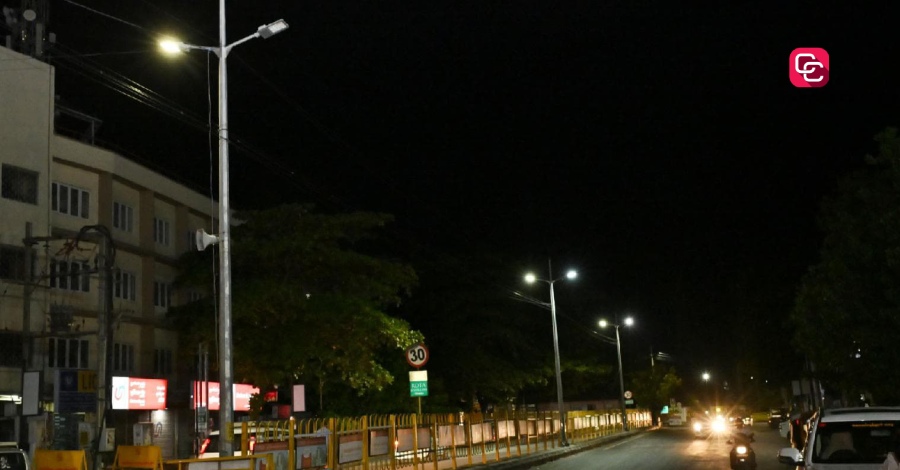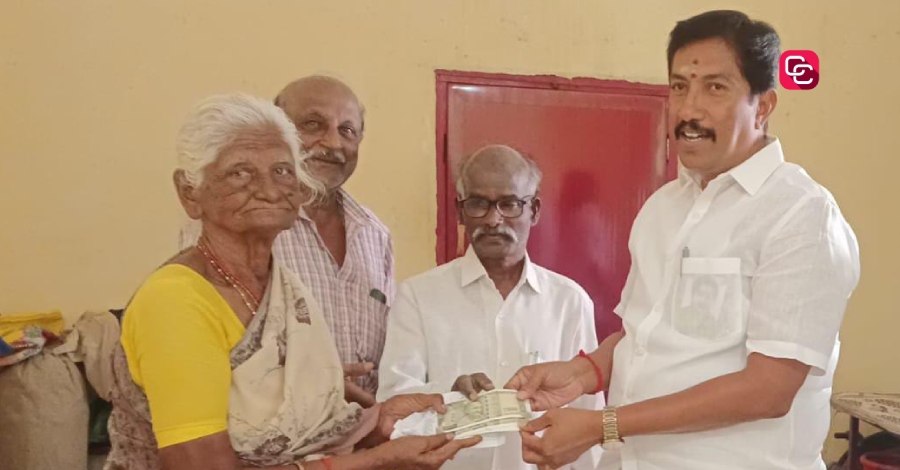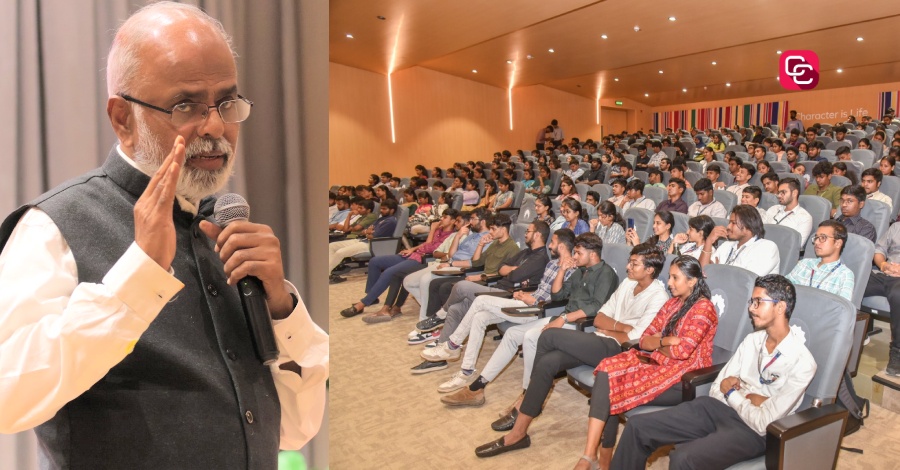GKNM Hospital launches advanced Linear Accelerator, offering precision in cancer treatment
- by David
- Apr 09,2025
G. Kuppuswamy Naidu Memorial (GKNM) Hospital, Coimbatore has taken a significant step forward in the fight against cancer with the launch of its advanced treatment machine- a Truebeam hyperarc linear accelerator, now enhanced with Surface Guided Radiation Therapy (SGRT).
This advanced system, featuring IDENTIFY, the first of its kind in South India, uses sophisticated tracking technology to monitor and adjust patient movement in real time. This ensures both treatment accuracy and patient comfort marking a new era in cancer patients being treated in Coimbatore and surrounding areas.
ARIA Electronics Medical Record (EMR) based Oncology Information System (OIS) supplied along with Varian Truebeam HyperArc linac enables evaluating, monitoring, recording and documenting patient data in soft mode and establishes seamless integration with Hospital Information System (HIS).
This is a major initiative by GKNM and is expected to facilitate complete paper less environment in radiation oncology. Only very few centres in India have such paper less environment.
The inauguration ceremony took place at the Valavadi Narayanasamy Cancer Centre (VNCC) within GKNM Hospital on April 9, 2025. The facility was officially opened by Pavankumar G. Giriyapanavar, IAS, District Collector of Coimbatore, alongside Dr. Ragupathy Veluswamy, CEO of GKNM Hospital.
The event was attended by leading oncologists and hospital staff, with Dr. Karthiga Sivaprakasam, Chief of Radiation Oncology at GKNM, elaborating on the transformative benefits of this new technology.
The Truebeam hyperarc linear accelerator with SGRT represents a major advancement in cancer care, offering safer, more precise, and comfortable treatments. It utilises cameras and a projector to continuously track the patient's surface during treatment, allowing for real-time monitoring of position and movement.
This ensures that radiation is delivered with pinpoint accuracy reducing the damage on surrounding healthy tissues. Along with this, the system can automatically adjust for small movements, such as breathing, to maintain precise targeting throughout the treatment.
Patients also benefit from increased comfort as the technology eliminates the need for uncomfortable skin markings or positioning devices. Furthermore, the system enables personalized treatment plans, tailored to meet each patient's unique needs.


















